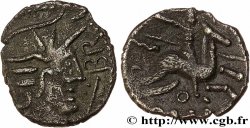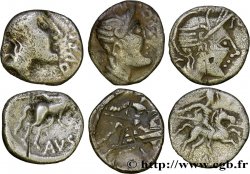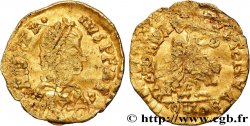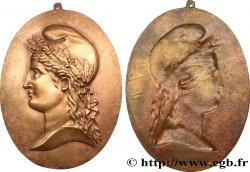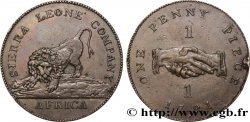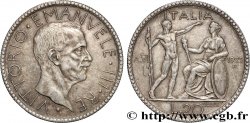v28_0531 - GALLIA - RHONE VALLEY Potin hybride “au long cou” et “aux doubles paires de cornes”
MONNAIES 28 (2007)
Starting price : 150.00 €
Estimate : 300.00 €
Realised price : 150.00 €
Number of bids : 1
Maximum bid : 220.00 €
Starting price : 150.00 €
Estimate : 300.00 €
Realised price : 150.00 €
Number of bids : 1
Maximum bid : 220.00 €
Type : Potin hybride “au long cou” et “aux doubles paires de cornes”
Date: c. 70- 10 AC.
Metal : potin
Diameter : 13,4 mm
Weight : 1,61 g.
Rarity : UNIQUE
Coments on the condition:
Potin avec un défaut de coulée, mais parfaitement identifiable. Droit avec un portrait net, mais revers un peu flou. Patine sombre, légèrement granuleuse en surface
Obverse
Obverse legend : ANÉPIGRAPHE.
Obverse description : Tête stylisée à gauche avec un casque bombé, le cou en forme d’upsilon.
Reverse
Reverse legend : ANÉPIGRAPHE.
Reverse description : Deux paires de cornes opposées ; bourrelet périphérique.
Commentary
Ce potin se rattache par son droit au classique potin "au long cou" tandis que le revers appartient à la rarissime série dite "aux deux paires de cornes" publiées par C. Larozas. Cette association est inédite. Seulement le groupe B a un droit avec un croissant en guise de bouche qui suggère une tête qui n'a rien à voir avec celle qui orne le droit du potin proposé ici.
This potin is related by its obverse to the classic \\\"long neck\\\" potin while the reverse belongs to the extremely rare series called \\\"with two pairs of horns\\\" published by C. Larozas. This association is unprecedented. Only group B has an obverse with a crescent as a mouth which suggests a head which has nothing to do with the one which adorns the obverse of the potin proposed here
This potin is related by its obverse to the classic \\\"long neck\\\" potin while the reverse belongs to the extremely rare series called \\\"with two pairs of horns\\\" published by C. Larozas. This association is unprecedented. Only group B has an obverse with a crescent as a mouth which suggests a head which has nothing to do with the one which adorns the obverse of the potin proposed here







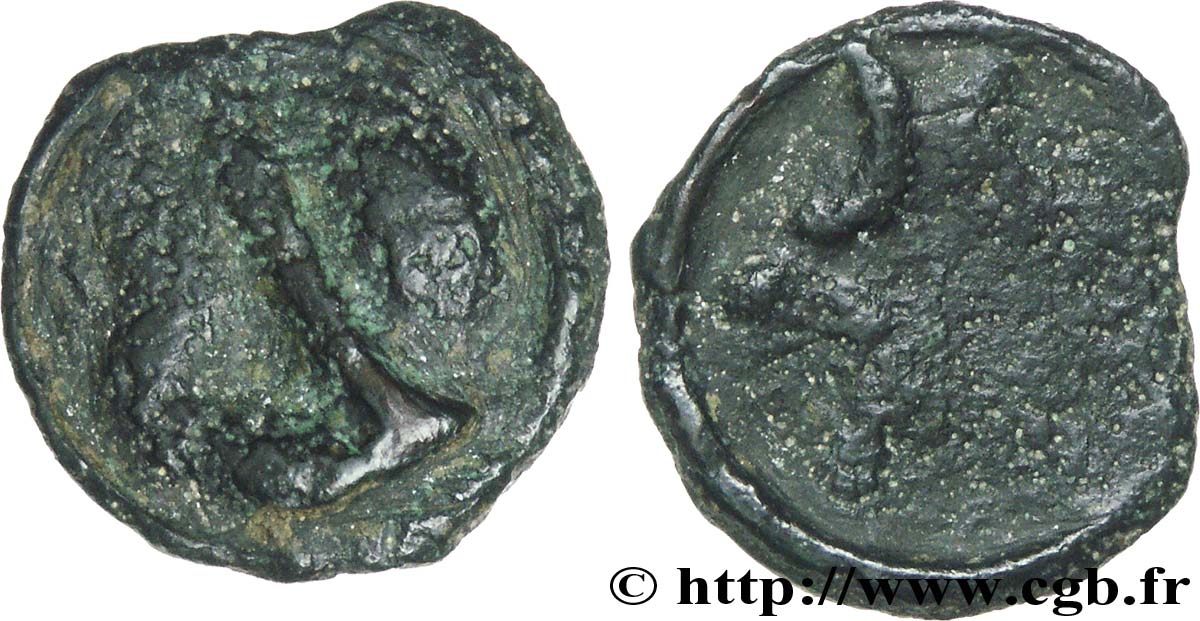
 Report a mistake
Report a mistake Print the page
Print the page Share my selection
Share my selection Ask a question
Ask a question Consign / sell
Consign / sell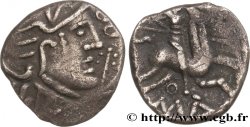
 Full data
Full data